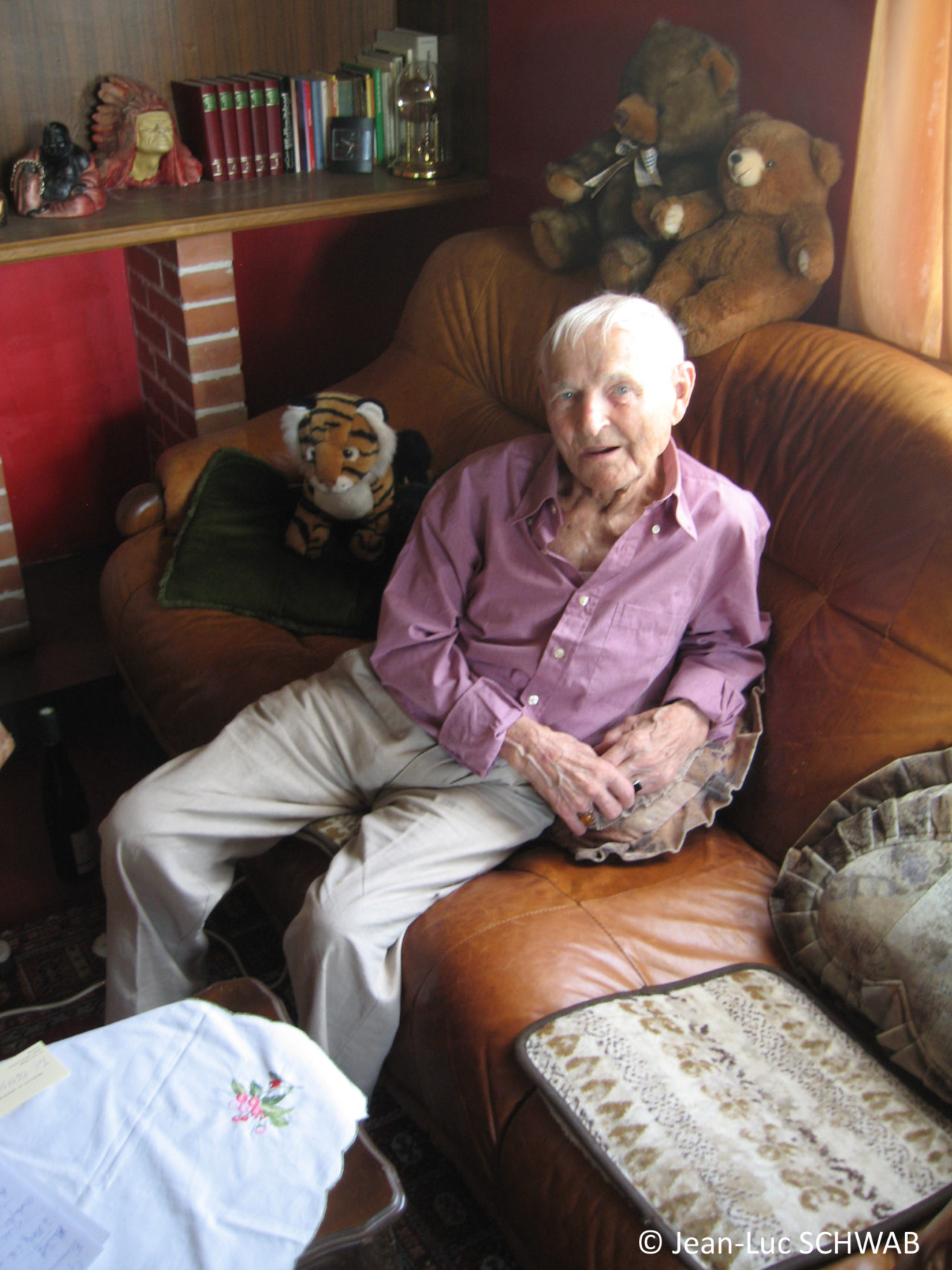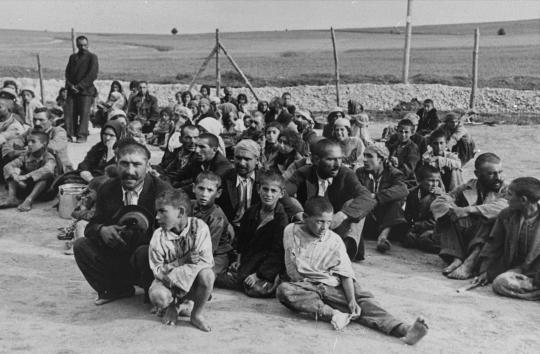6 May 1933: Looting of the Institute of Sexology
On 6 May 1933, the Institute of Sexology, an academic foundation devoted to sexological research and the advocacy of homosexual rights, was broken into and occupied by Nazi-supporting youth. Several days later the entire contents of the library were removed and burned.
The institute was initially occupied by The German Student Union, who were a collective of Nazi-supporting youth. Several days later, on 10 May, the entire contents of the library were removed to Berlin’s Bebelplatz Square. That night, along with 20,000 other books across Germany, they were publicly burned in a symbolic attack by Nazi officials on their enemies.
Founded in 1919, the institute had been set up by Magnus Hirschfeld, a world-renowned expert in the emerging discipline of sexology. During its existence, thousands of patients were seen and treated, often for free. The Institute also achieved a global reputation for its pioneering work on transsexual understanding and calls for equality for homosexuals, transgender people and women. Hirschfield himself was a passionate advocate for homosexual rights and had long appealed for the repeal of Paragraph 175, the law that criminalised homosexuality in Germany.
Jewish, gay and outspokenly liberal, Hirschfeld was an obvious target for the Nazis, and the seizure and destruction of the institute on 6 May took place only three months after Hitler was made Chancellor of Germany. During the attack and subsequent book burning, Hirschfeld was working in Paris. He saw the burning of his own library in a news report at the cinema. Among the texts thrown onto the bonfire at the Bebelplatz was Heinrich Heine’s Almansor, in which the author noted:
‘Where they burn books, in the end they will burn humans too’.
After the attack on the institute the Nazis continued their persecution of gay men by expanding and enforcing legislation that criminalised homosexuality. In 1935, just weeks after the death of Hirschfeld in Paris, Paragraph 175 was redrafted to prohibit all forms of male homosexual contact. In total, around 50,000 gay men were detained under these draconian laws. Once confined in jail, they were routinely exposed to inhumane treatment for their sexuality. Around 10,000 to 15,000 were also deported to concentrations camps, where many were forced to wear a pink triangle, and subjected to castration and medical experimentation. Over half of these prisoners would die from the extreme conditions they were subjected to in the camps. Even after the end of the war, Paragraph 175 was not repealed and many gay men remained in prison for years to come.



